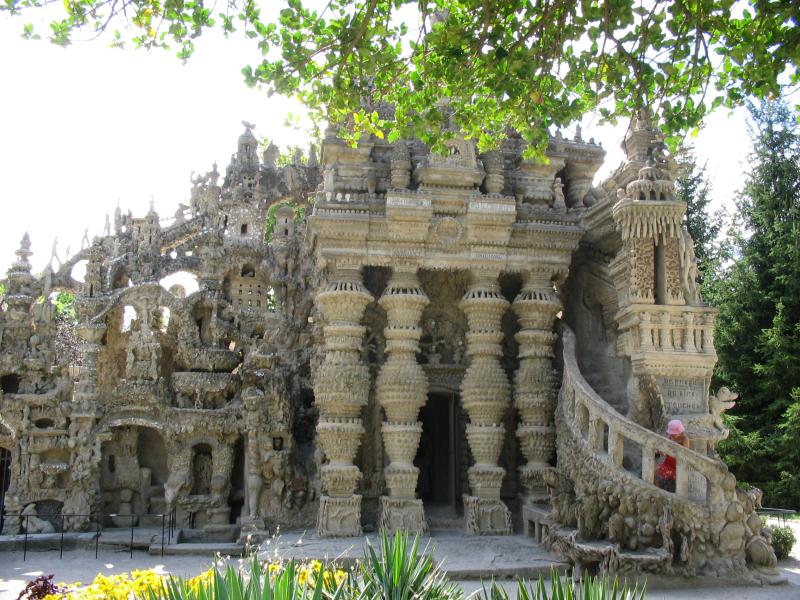LusiveLife
LusiveLife /
Design - Events - Giving - InspirationPostman Cheval’s Ideal Palace – Hauterives, France
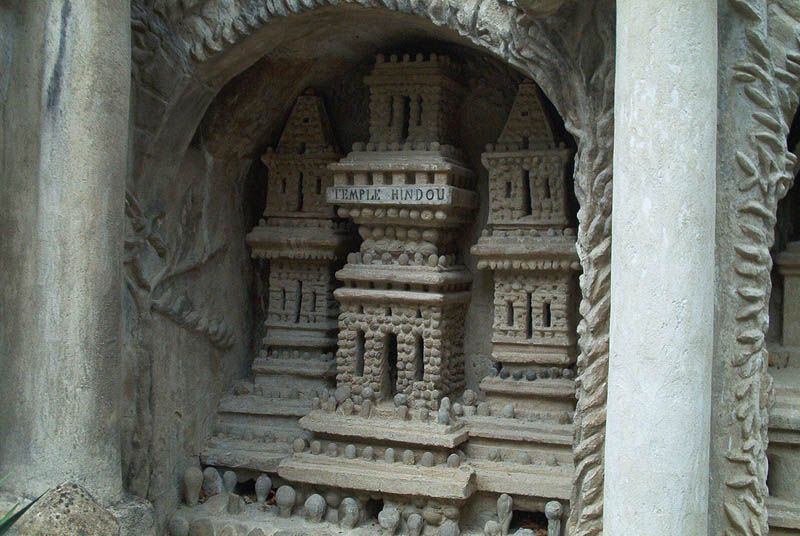
In 1879 during his rounds, 43 year old rural postman Ferdinand Cheval stumbled across such an oddly-shaped stone that it inspires him to embark on a curious project ... he devotes 33 years of his life to build a ‘palace’ in his garden, gathering inspiration from nature, postcard images and pictures form the very first illustrated magazine.
He started collecting more stones – moving from pocket to bag to wheelbarrow - along his rural postal route. Working at night by candlelight and oil lamp he spent the first 20 years building the outer walls and eventually began the interior and decorative aspects in all manner of styles. His version of a Hindu temple stood next to a Swiss chalet which stood next to the Maison Carrée in Algiers; next door stood next to a medieval castle, and in between an Arab mosque. The spirits of the place, Cheval declared, were Julius Caesar, Archimedes and Vercingétorix.
Cheval completed his Ideal Palace in his 70s - the final structure is 26 meters long and over 10 meters high – and the grounds were planted with cacti and palm trees. His wish was to buried in it; when he was refused permission he set forth on his final project, building an equally complex and magnificent tomb. In 1924 at the age of 88 Ferdinand took permanent rest there.
Unique in the world, the Ideal Palace has inspired artists for more than a century. Admired by the Surrealists of the 1920s as an Outsider Artwork the installation was classified as a historical monument in the Naïve style in 1969 by André Malraux, French Minister for Cultural Affairs. It is considered a handmade marvel in the style of the Watts Towers in Los Angeles and the Sagrada Família in Barcelona, created without modern machinery. Cheval’s vision continues to bring 100,000 visitors a year to the village of Hauterives, north of Valence.
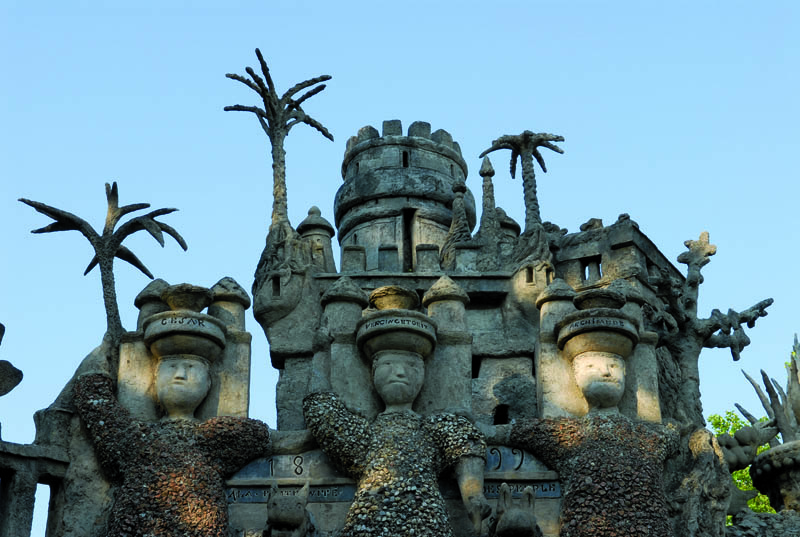
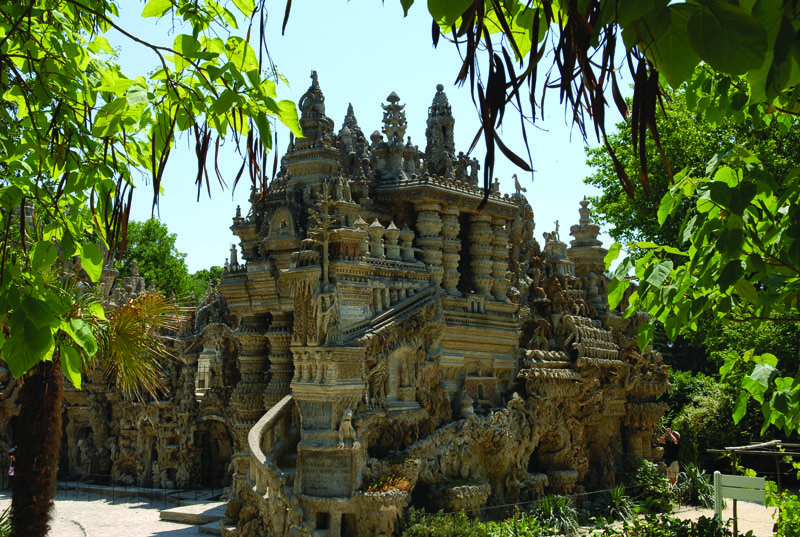
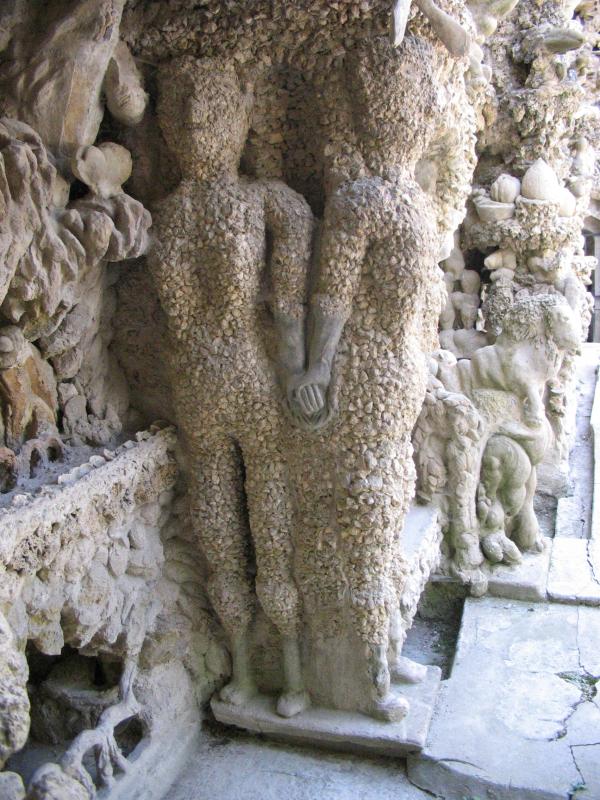
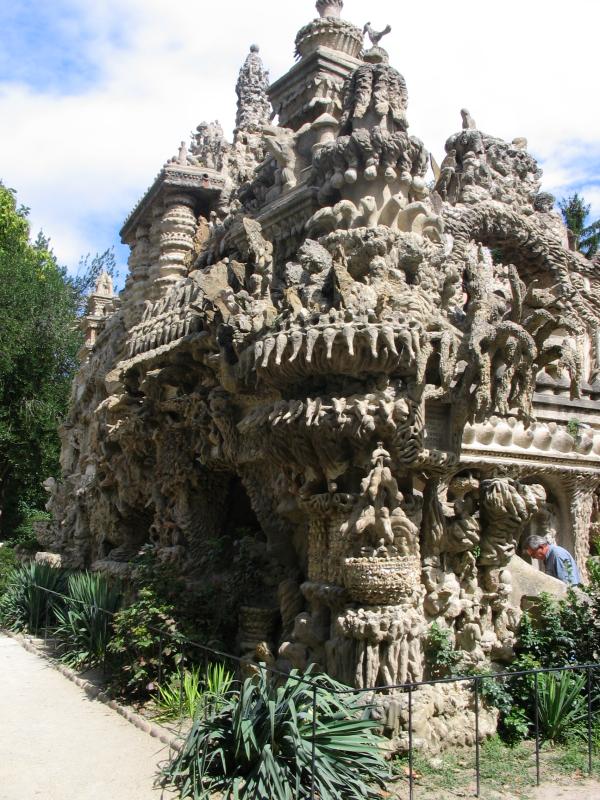
.jpg)
